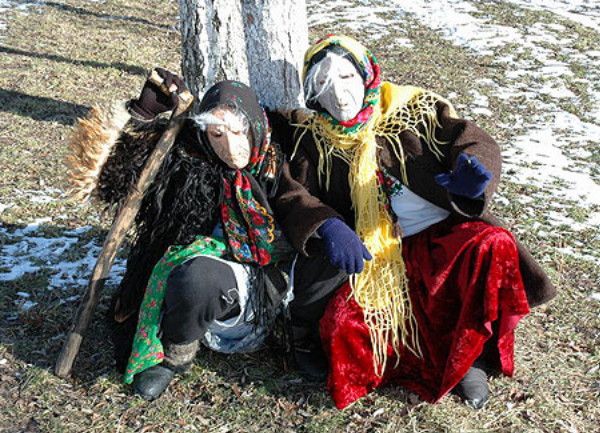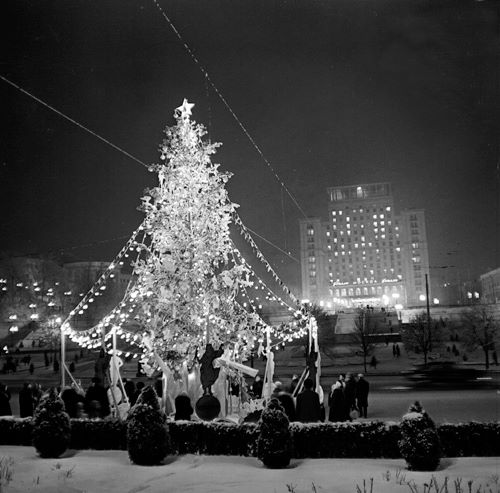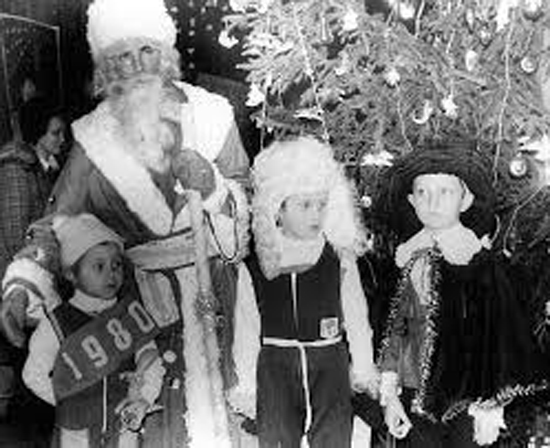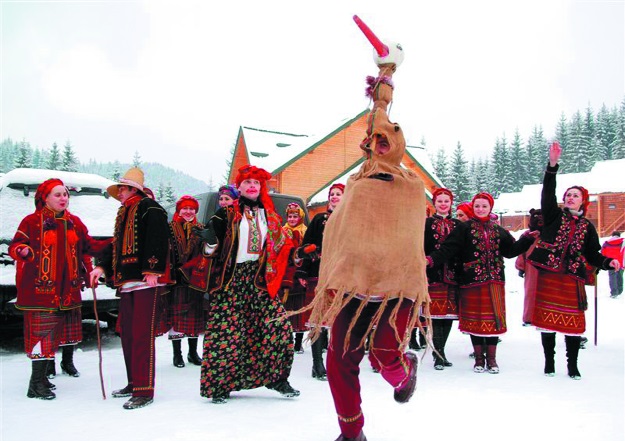New Year
New Year (Новий Рік; Novyi Rik). The first day of the yearly cycle, marked with religious and traditional festivities. Before its Christianization in 988 (see Christianization of Ukraine) Rus’ followed the ancient Roman calendar, which began the year on 1 March. With Christianity came the Byzantine calendar, which began the new year on 1 September and followed a chronology which set the date of creation at 5508 BC. The common people, however, continued to use the Roman calendar. In the 14th and 15th centuries, under Polish and Lithuanian influence, the Julian calendar, which began the year on 1 January, was adopted in Ukraine. In Russia this change came only in 1700, under Peter I. The more accurate Gregorian calendar was adopted in Western Europe in 1582, but neither the Ukrainian people nor the church accepted this calendar. Today Ukrainians in and outside Ukraine celebrate the New Year twice: officially on 1 January, according to the Gregorian calendar, and unofficially on 14 January (1 January according to the Julian calendar).
The New Year, particularly New Year’s Eve, was celebrated with a rich repertoire of folk rituals. Their primary purpose was to secure a bountiful harvest and the family’s health and happiness. The key rituals were the eating of kutia, children's caroling, the polaz (bringing cattle into the house), walking Malanka around the village, fortune-telling and forecasting the weather for the next year, and the symbolic sowing of wheat. According to popular superstition, on New Year’s Eve domestic animals are able to speak in human language, and buried treasures burn with a blue flame. Garbage was to be burnt at sunrise in the garden or the orchard to ensure good crops, and people washed in river water with coins in it to guarantee good health. There were many other customs connected with the New Year.
The Soviet authorities banned the traditional rituals of the New Year, considering them to be part of a religious cult. Thereafter they became confined to the family circle. All public celebrations were arranged by the officials. In the early 1930s the New Year’s tree was introduced in clubs, palaces of culture, schools, factories, and public places. At New Year meetings Party and government officials rewarded workers for their performance and delivered speeches, reports, pledges, and toasts. The meetings were followed usually with a dance, a carnival, a contest, or the appearance of Grandfather Frost and the Snow Nymph. In 1960 some students in Kyiv made the first attempt to revive the traditional New Year’s celebrations by caroling. The practice began to spread through Ukraine and was prohibited by the authorities in the 1970s. Since the mid-1980s the traditional New Year’s customs, however, have been revived by many voluntary groups, and they have become popular and widespread, especially in Western Ukraine, after 1991.
Mykola Mushynka
[This article originally appeared in the Encyclopedia of Ukraine, vol. 3 (1993).]



